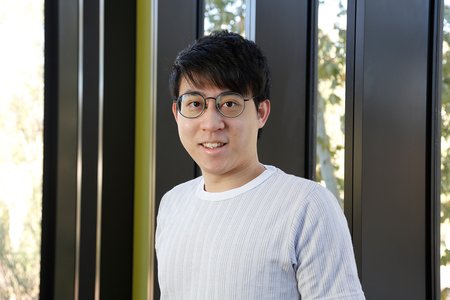This paper discusses how machine learning on classical computers can help researchers understand quantum systems while we await viable quantum computers. Published in Science, this Caltech-led study is the first to mathematically prove this approach works.
Quantum computers excel at solving physics and materials science problems by mimicking nature at microscopic scales, potentially accelerating discoveries in pharmaceuticals and environmentally friendly chemicals. However, these computers remain a decade or more away from practical viability.
At quantum scales, particles exist in superpositions and become entangled, creating complex systems nearly impossible to describe mathematically. Predicting the low-energy state of materials is particularly challenging due to the vast number of superimposed and entangled atoms.
Lead author Hsin-Yuan Huang, working with Professor John Preskill at Caltech’s Institute for Quantum Science and Technology, demonstrated that classical machine learning can bridge the gap between our classical understanding and quantum reality. While previous studies showed machine learning could solve quantum problems, they operated as “black boxes” with unclear methodologies. This new research reveals how these systems arrive at solutions through extensive numerical simulations conducted with the AWS Center for Quantum Computing.
The breakthrough helps scientists better understand and classify complex phases of quantum matter. Co-author Victor Albert, a NIST physicist and former Caltech researcher, notes this work brings us closer to having tools that help understand underlying quantum states without requiring extensive prior knowledge.
Though classical methods are currently valuable, the researchers acknowledge that quantum-based machine learning will eventually prove superior. In a related Science study, the team used Google’s Sycamore processor to demonstrate quantum machine learning’s advantages over classical approaches.
As Huang concludes, while quantum machine learning remains in its infancy, it will ultimately become the most efficient approach for understanding quantum systems.
Reference: Hsin-Yuan Huang, Richard Kueng, Giacomo Torlai, Victor V. Albert, John Preskill. Provably efficient machine learning for quantum many-body problems. Science, 2022; 377 (6613) DOI: 10.1126/science.abk3333



